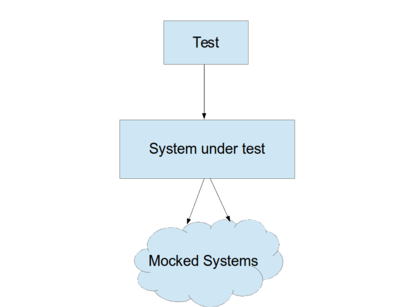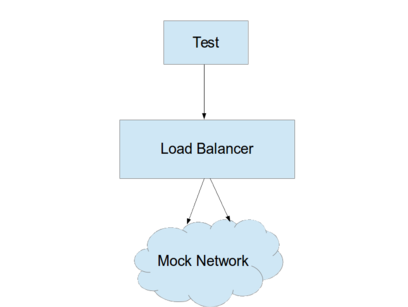Friends don't let friends not use Django
It's difficult for most of us to evaluate the multitude of web frameworks and microframeworks available in Python, to choose the ideal framework for their project. Naturally, proponents of each microframework will pitch in with comments about how much simpler it is than the alternatives, how much less boilerplate there is, or how much faster it runs at scale. Likewise, seasoned users of each microframework will have their favoured approaches for caching, storage, deployment, and the myriad other components needed for web development. They appreciate having the flexibility to choose and integrate those components to their own liking.
The numerous arguments in favour of one framework or another muddy the waters somewhat; in most cases, starting your project with Django will be a safe decision that you will probably not regret.
In bullet points:
- Newbies should choose Django. It will keep you secure and it will teach you a lot.
- If you aren't completely sure what direction your project will develop, use Django. You'll soon hit use cases where you'll want some of the extras that are built into Django.
- If you know what you're doing with Python web libraries, and you have a fairly comprehensive vision of what your app is doing - maybe you know you want high performance in particular areas, or more simplicity for a subset of use cases, then choose your framework on the basis of that knowledge.
- Do experiment with and learn the other frameworks.
Django ships with good, solid "batteries" included - libraries that fulfil all sorts of requirements that come up time and again in web programming. Moreover, the Django community has produced thousands of packages (5413 at the time of writing) that fill other gaps. That's many thousands more packages than for any other Python framework. In my projects I invariably find myself wanting some of these components at some point down the line, when requirements arise that we'd never forseen (For example, i18n requirements sometimes come up later in a project's life, when you want to roll out to new regions). Certainly, neither Django's batteries included nor the community packages will be suitable in every use case, but they get you up and running quickly.
One argument made in favour of microframeworks is that they offers the flexibility to choose alternative components. I don't think it's particularly difficult to swap out components in Django for alternatives more suited to a specific need - I've done so many times. Django is explictly coupled, unlike, say, Ruby on Rails, so you can simply call alternative functions to use different storages or template engines etc.
Note however, that Django's integrated-by-default components will also be secure-by-default; any home-rolled integrations may not be. For example, Django applications using Django>=1.2 are protected from CSRF attacks by default. Any microframework that doesn't pre-integrate form generation and request dispatcher components won't be able to say that. This is true whether you're integrating things with a microframework or using non-standard components in Django.
There are a couple of other arguments that I've heard:
- "Django is slower than x" - maybe, but don't optimise prematurely.
- "Django doesn't scale as well as x" - scale is a much more complicated problem than "use this tool and you'll be alright". Approaches to scaling Django will be comparable to approaches to scaling any other framework.
- "Django isn't well-suited to client-side HTML5 apps" - this is true, but it isn't particularly bad at them either. Also don't underestimate the numer of additional pages and components needed to productise your core app, even if it's a rich HTML5 app made of static assets and XHR.
I hope this unmuddies the waters a little, especially for beginners. Of course, I'm not advocating anything other than "use the right tool for the job", but until you're sure exactly what the job entails, it doesn't hurt to have a comprehensive toolbox at your disposal.





